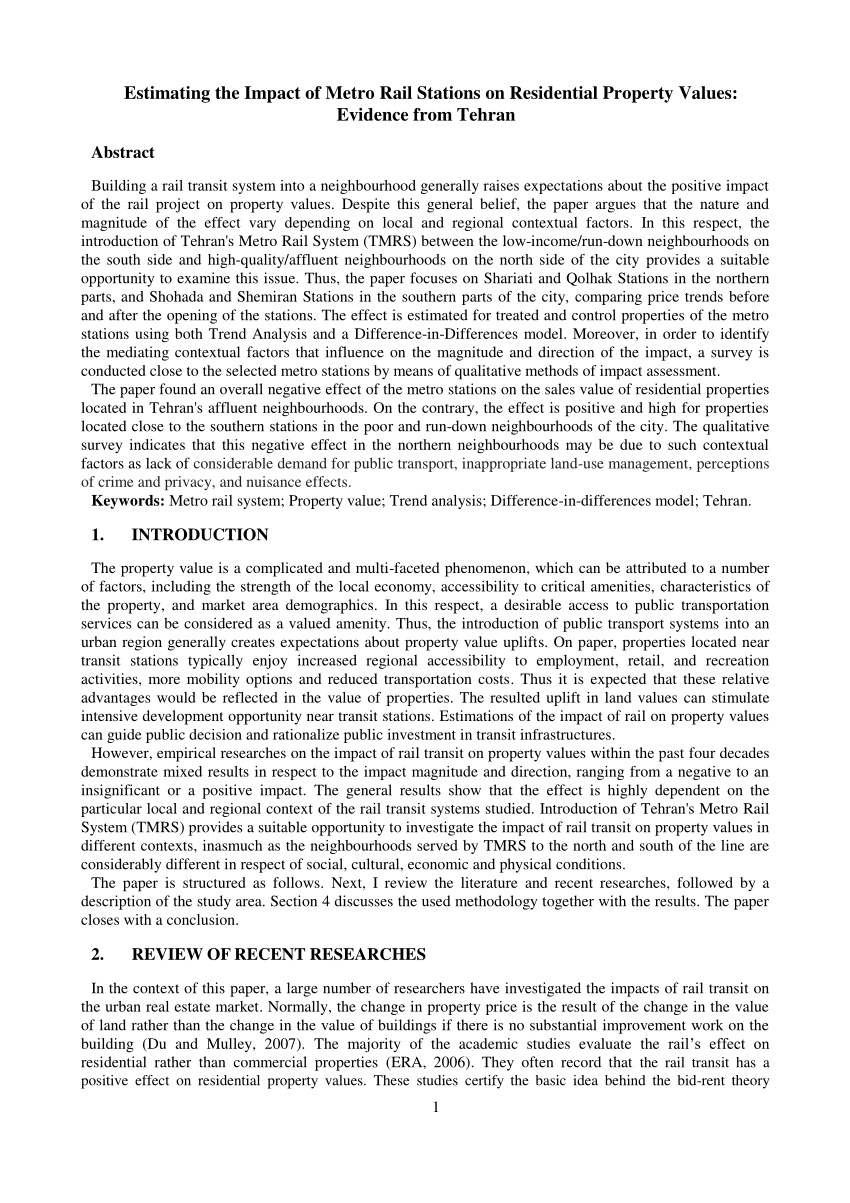A metro rail composition refers to the combination of various components that make up a metro rail system, including trains, tracks, stations, and signaling systems. This composition is essential for the successful operation and safety of a metro rail network.
Metro rail composition encompasses the integration of trains, tracks, stations, and signaling systems to create a reliable and efficient transportation network. Each component plays a crucial role in ensuring the smooth functioning of the metro rail system, providing commuters with a fast, safe, and convenient mode of transport in urban areas.
From the design and construction of tracks to the implementation of advanced signaling technologies, every element of the composition contributes to the overall effectiveness and reliability of the metro rail network. Understanding the intricate details of metro rail composition is vital for city planners, transportation authorities, and engineers to develop and maintain sustainable urban transit systems that meet the growing demands of modern cities.

Credit: m.youtube.com
Metro Rail Components
Metro rail systems are intricate networks composed of various components that work together to ensure the smooth operation of the transportation system. Each component serves a specific function, playing a crucial role in the overall efficiency and safety of the metro rail. Understanding the different parts of a metro rail system can provide valuable insights into how these sophisticated transportation systems function.
Tracks And Tunnels
The tracks and tunnels form the foundation of a metro rail system. The tracks provide the guidance for the trains, ensuring they stay on course and operate efficiently. Meanwhile, the tunnels create a safe pathway for the trains to travel, often navigating through challenging urban environments.
Trains And Rolling Stock
The trains and rolling stock are the vehicles that transport passengers and goods through the metro rail system. These components are carefully designed to provide comfort, safety, and efficiency while ensuring a smooth and reliable travel experience for commuters.
Stations And Platforms
The stations and platforms are the interfaces where passengers access the metro rail system. These components are designed to provide convenient entry and exit points for commuters, along with amenities that enhance the overall travel experience, such as seating areas, ticketing facilities, and information displays.
Signaling And Control Systems
The signaling and control systems are the technological backbone of a metro rail network. These systems manage the movement of trains, ensure safety protocols are followed, and optimize the efficiency of the entire transportation system through precise control and communication mechanisms.
Design And Technology
The design and technology behind metro rail systems are crucial in ensuring their efficiency, safety, and sustainability. Through advanced engineering, innovative technologies, and sustainable design features, metro rail composition has come a long way in providing reliable and eco-friendly transportation solutions.
Sustainable Design Features
Metro rail systems are designed with a strong emphasis on sustainability, aiming to minimize their impact on the environment. They incorporate various sustainable features that contribute to reducing carbon emissions and energy consumption.
- Energy-efficient materials: Metro rail cars are constructed with lightweight, durable materials that not only enhance their performance but also reduce energy consumption.
- Regenerative braking technology: To minimize energy wastage, metro rail systems utilize regenerative braking technology, which recaptures and stores energy generated during braking for later use.
- Smart lighting systems: Energy-efficient LED lighting is used throughout the metro rail stations and trains, significantly reducing electricity consumption.
- Green infrastructure: Many metro rail systems incorporate green spaces and landscaping around the stations, promoting biodiversity and creating a pleasant environment for commuters.
Innovative Technologies
The constant evolution of technology plays a significant role in enhancing the design and functionality of metro rail systems. Innovative technologies are consistently being incorporated to improve safety, efficiency, and passenger experience.
- Automatic Train Control (ATC) systems: These advanced systems enable precise control of train movements, optimizing safety and minimizing the risk of collisions.
- Closed-circuit television (CCTV) surveillance: CCTV cameras are strategically placed in metro stations and trains to enhance security and ensure the safety of passengers.
- Contactless payment systems: Many metro rail systems have adopted contactless payment technologies, allowing commuters to conveniently pay for their fares using smart cards or mobile devices.
- Real-time passenger information: Digital displays and announcement systems in metro stations provide real-time updates on train schedules, platform information, and any service disruptions, enhancing the overall passenger experience.
Safety Measures
In the design of Metro Rail Composition, stringent safety measures are implemented to safeguard passengers and prevent accidents. Emergency exits, CCTV surveillance, and regular maintenance checks are integral components ensuring a secure travel experience for all commuters.
Emergency Protocols
In any public transportation system, safety is of paramount importance. Metro rail systems are no exception. The safety measures implemented in metro trains help ensure the well-being of passengers throughout their journey. One major aspect of safety measures in metro rail composition is emergency protocols. During emergencies such as medical situations, accidents, or fires, it is crucial to have proper protocols in place to guarantee the safety of both passengers and staff. Metro rail systems have established emergency protocols that are followed diligently. These protocols cover various scenarios and are designed to minimize panic, confusion, and potential harm. In the event of an emergency, trained staff members are readily available to take immediate action. They are equipped to handle different situations, including providing first aid, evacuating passengers, and coordinating with emergency services if required. These emergency protocols are regularly practiced and updated to ensure efficient responses in times of crisis.Surveillance Systems
Surveillance systems play a crucial role in the safety measures of metro rail composition. These systems are strategically installed in various areas within the metro trains and stations to monitor and record activities. The presence of surveillance cameras acts as a deterrent for potential criminals and enhances the overall safety of the system. The surveillance footage can be used to investigate incidents, identify suspects, or provide evidence in case of any unlawful activities. Additionally, these systems enable the authorities to monitor passenger flow, detect any suspicious behavior, and respond promptly to any security concerns. Metro rail surveillance systems are technologically advanced and constantly evolving to ensure the highest level of security. They are equipped with features like high-definition cameras, real-time monitoring, and facial recognition capabilities, further enhancing the effectiveness of these systems. To sum up, the safety measures in metro rail composition include well-defined emergency protocols and state-of-the-art surveillance systems. These measures work in tandem to guarantee the safety and security of the passengers, making metro rail an increasingly reliable and preferred mode of transportation.
Credit: m.youtube.com
Maintenance And Upkeep
Metro rail systems are a complex network of components that require meticulous maintenance and upkeep to ensure the safe, efficient, and reliable operation of the system. From the rails themselves to the trains that transport millions of passengers annually, various aspects of the metro rail system necessitate regular attention and care. Let’s explore the essential elements of maintenance and upkeep within the metro rail composition.
Regular Inspections
Metro rail systems undergo regular inspections to identify and address any potential issues before they escalate into major problems. These inspections encompass various facets of the rail system, including the tracks, electrical components, signaling systems, and stations. By conducting thorough inspections, authorities can identify faults early, preventing disruptions and ensuring the safety of passengers and personnel.
Infrastructure Maintenance
Infrastructure maintenance forms a critical aspect of metro rail upkeep. This entails the maintenance of tracks, tunnels, and station facilities. Regular track maintenance, such as replacing worn-out components and ensuring proper alignment, is essential to prevent derailments and ensure smooth operations. Tunnels and station facilities, including platforms and walkways, require regular cleaning, repair, and upkeep to maintain a pleasant and safe environment for commuters.
Train Maintenance
Train maintenance is pivotal to the reliable and safe operation of the metro rail system. This includes the regular servicing and inspection of trains to ensure optimal functioning and passenger safety. Components such as brakes, doors, and electrical systems undergo routine checks and maintenance to prevent malfunctions and ensure efficient operations. By adhering to stringent train maintenance protocols, authorities can safeguard the integrity of the metro rail system.
Benefits Of Metro Rail
Metro rail systems are composed of modern trains designed for efficient and comfortable urban transportation. The composition consists of advanced technology, environmentally friendly engineering, and reliable infrastructure, ensuring a seamless commute for passengers. With reduced traffic congestion and environmental impact, metro rail systems offer a sustainable solution for urban mobility.
Metro rail systems have gained immense popularity in urban areas around the world due to their numerous benefits. As a sustainable and efficient means of transportation, metro rail offers a range of advantages that make it an attractive option for commuters. In this section, we will explore the key benefits of metro rail, including reduced traffic congestion, environmental advantages, and economic benefits.Reduced Traffic Congestion
One of the most significant advantages of metro rail is its ability to alleviate traffic congestion in cities. With the increasing number of cars on the roads, traffic jams have become a daily hassle for commuters. Metro rail systems provide a reliable alternative, allowing large numbers of people to travel simultaneously without adding to the traffic congestion. – Metro trains operate on dedicated tracks, enabling them to bypass congested roads and reach their destinations faster. – The capacity of metro trains is significantly higher than that of individual cars, reducing the number of vehicles on the road. – By encouraging people to use public transportation, metro rail systems help decrease the overall volume of traffic, resulting in smoother travel for everyone.Environmental Advantages
Metro rail is a greener mode of transportation compared to cars or buses that run on fossil fuels. The environmental advantages of metro rail include: – Reduced emissions: Metro trains run on electricity, significantly reducing carbon dioxide and air pollutant emissions. This helps improve air quality and combat climate change. – Energy efficiency: Metro rail systems are more energy-efficient than individual cars. A single train can carry hundreds of passengers, resulting in lower energy consumption per person. – Noise reduction: Electrified metro trains produce less noise pollution compared to traditional combustion-based vehicles. This helps create quieter and more livable urban environments.Economic Benefits
The economic benefits of metro rail are multifaceted and extend beyond transportation alone. Some key economic advantages include: – Cost savings: Commuting via metro rail can be more cost-effective than driving a car. With rising fuel prices and parking expenses, choosing metro rail can help save money for individual commuters. – Increased productivity: Metro rail systems often provide a more efficient and predictable mode of transportation, allowing commuters to plan their journeys better. This increased reliability can result in enhanced productivity for individuals and businesses alike. – Real estate development: The presence of a metro rail station often influences property values and stimulates economic growth. Areas surrounding metro stations are more likely to experience new commercial and residential development, creating employment opportunities and reviving local economies. In conclusion, the benefits of metro rail are clear. From reducing traffic congestion and providing environmental advantages to offering economic benefits, metro rail systems contribute to sustainable and thriving cities. By prioritizing the development of these transportation networks, communities can create a more efficient, eco-friendly, and prosperous future.Challenges Faced
Metro rail networks play a crucial role in urban transportation, offering a sustainable and congestion-reducing alternative to road traffic. However, the successful operation and maintenance of metro rail systems come with various challenges. It is important to identify and address these challenges to ensure the efficient and reliable functioning of metro rail networks. The challenges faced can be categorized into funding issues, technical challenges, and operational challenges.
Funding Issues
One of the primary challenges faced by metro rail systems is securing adequate funding for construction, expansion, and maintenance. Funding shortages can lead to delays in projects and compromise the quality of infrastructure. Additionally, securing long-term funding for operating expenses remains a significant concern for many metro rail networks.
Technical Challenges
The intricate nature of metro rail systems presents technical challenges in terms of infrastructure design, signaling systems, and train technology. Integrating new technologies often requires substantial financial and human resources, and ensuring compatibility with existing infrastructure can prove to be a complex task. Furthermore, ensuring safety and reliability while implementing technical advancements remains a critical challenge for metro rail operators.
Operational Challenges
Operational challenges encompass a wide range of aspects, including maintenance, capacity management, and punctuality. Maintaining aging infrastructure while operating uninterrupted services poses a constant challenge, as metro rail systems need to ensure the safety and comfort of passengers. Managing the capacity to accommodate increasing ridership without compromising the quality of service and ensuring punctuality amidst various disruptions further adds to the operational challenges faced by metro rail networks.
Future Of Metro Rail
The future of metro rail looks promising as cities around the world continue to invest heavily in expanding and integrating this sustainable transportation system into the urban landscape. With the need for efficient and eco-friendly transport options growing rapidly, metro rail offers a solution that reduces traffic congestion, lowers carbon emissions, and enhances overall urban mobility.
Expansion Plans
Metro rail systems are experiencing substantial growth, with many cities planning extensive expansions to their existing networks. This expansion not only aims to improve connectivity within the city but also to connect different regions, making commuting convenient and time-efficient.
For instance, in the city of XYZ, there are plans to triple the length of the metro rail network over the next five years, extending it to various suburbs, commercial hubs, and residential areas. This expansion will not only cater to the increasing demand but also ensure that public transport remains a viable option for everyone.
Integration With Smart Cities
The future of metro rail intertwines with the concept of smart cities, where advanced technology is seamlessly integrated into urban infrastructure for better living conditions. Metro rail systems are becoming an integral part of smart cities, offering various features and benefits that align with the city’s overall smart objectives.
By implementing smart technologies, metro rail systems can enhance passenger experience through real-time information updates, optimized routes, and improved safety measures. Additionally, the integration of metro rail with smart city systems enables efficient energy management, as energy-saving mechanisms can be incorporated into the rail infrastructure.
Moreover, the data collected from metro rail operations can be utilized to analyze and improve the city’s overall transport network, enabling policymakers to make informed decisions regarding urban planning and development.
Overall, the integration of metro rail with smart cities ensures a more connected, eco-friendly, and sustainable urban environment.

Credit: www.researchgate.net
Frequently Asked Questions On Metro Rail Composition
What Are The Advantages Of Using Metro Rail For Commuting?
Utilizing Metro Rail for commuting offers benefits like reduced traffic congestion, environmental friendliness, cost-effectiveness, and time efficiency, providing a convenient and sustainable transportation option.
How Does Metro Rail Composition Contribute To Environmental Sustainability?
Metro Rail composition plays a vital role in reducing carbon emissions, promoting cleaner air quality, and decreasing reliance on fossil fuels, thus contributing significantly to environmental sustainability.
What Safety Measures Are In Place Within Metro Rail Compositions?
Metro Rail compositions are equipped with safety features such as emergency alarms, surveillance cameras, well-trained staff, and regular maintenance protocols to ensure passenger safety and security while traveling.
Conclusion
The composition of metro rail systems plays a vital role in enhancing urban transportation efficiency and connectivity. By incorporating a combination of advanced technologies, sustainable materials, and efficient design, metro rail networks provide a reliable and environment-friendly mode of transportation.
With their ability to reduce traffic congestion and promote accessibility, metro rail systems are essential for modern cities. Embracing the benefits of metro rail composition can contribute to more sustainable and convenient urban living for both present and future generations.







